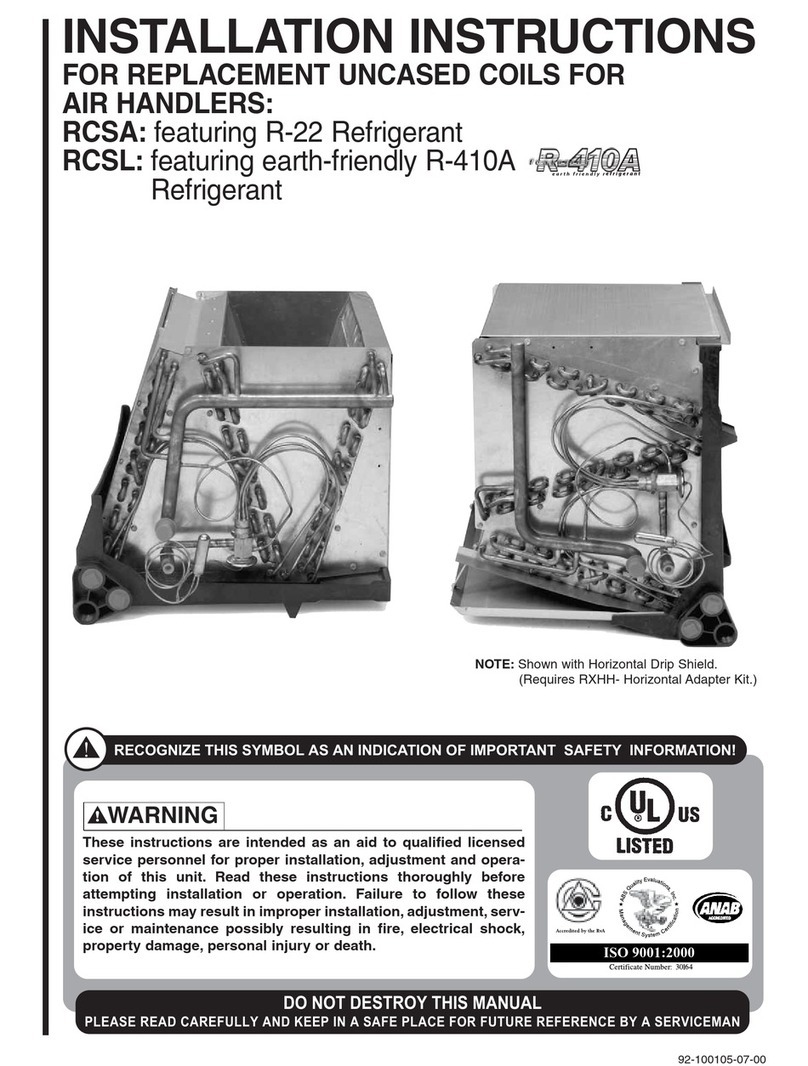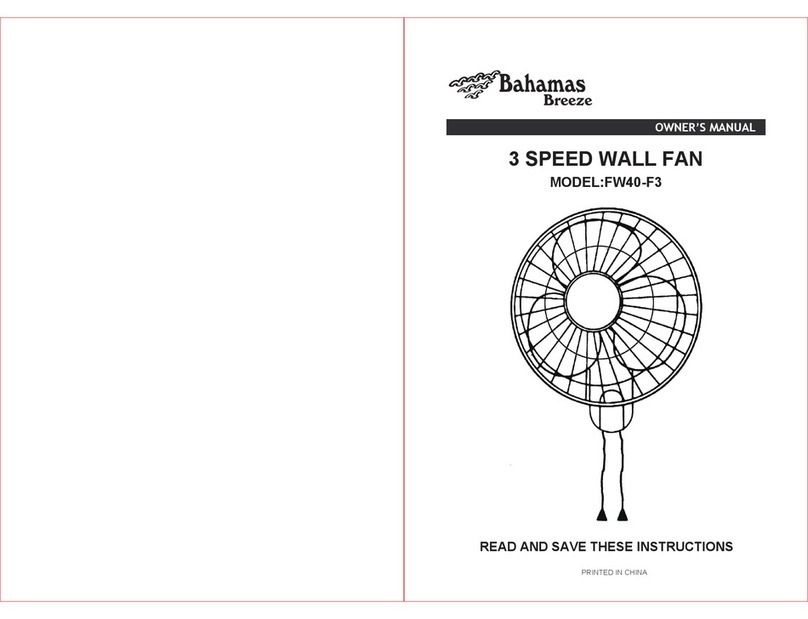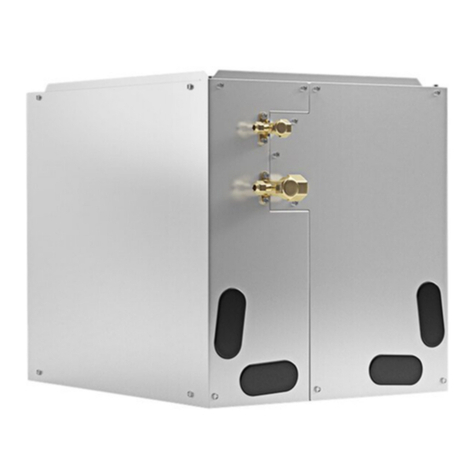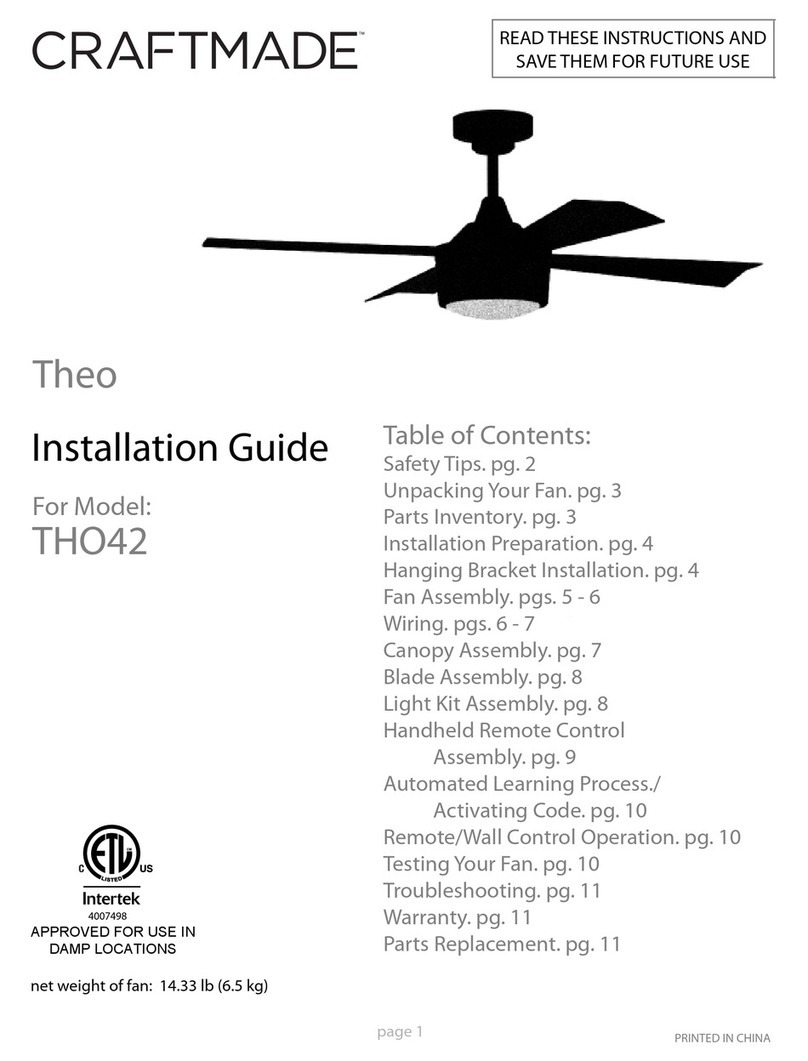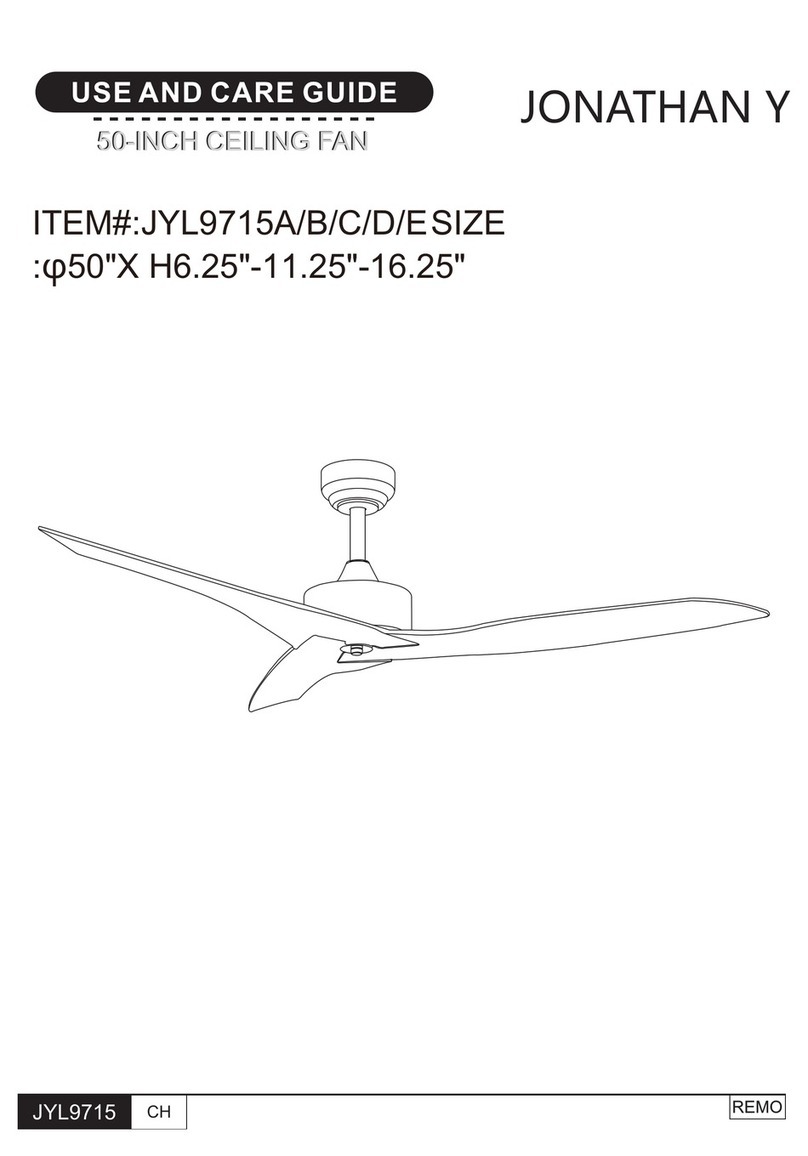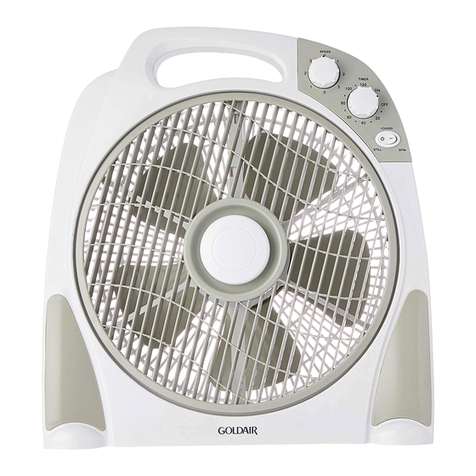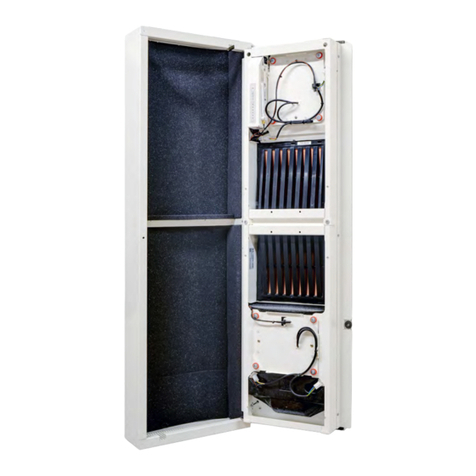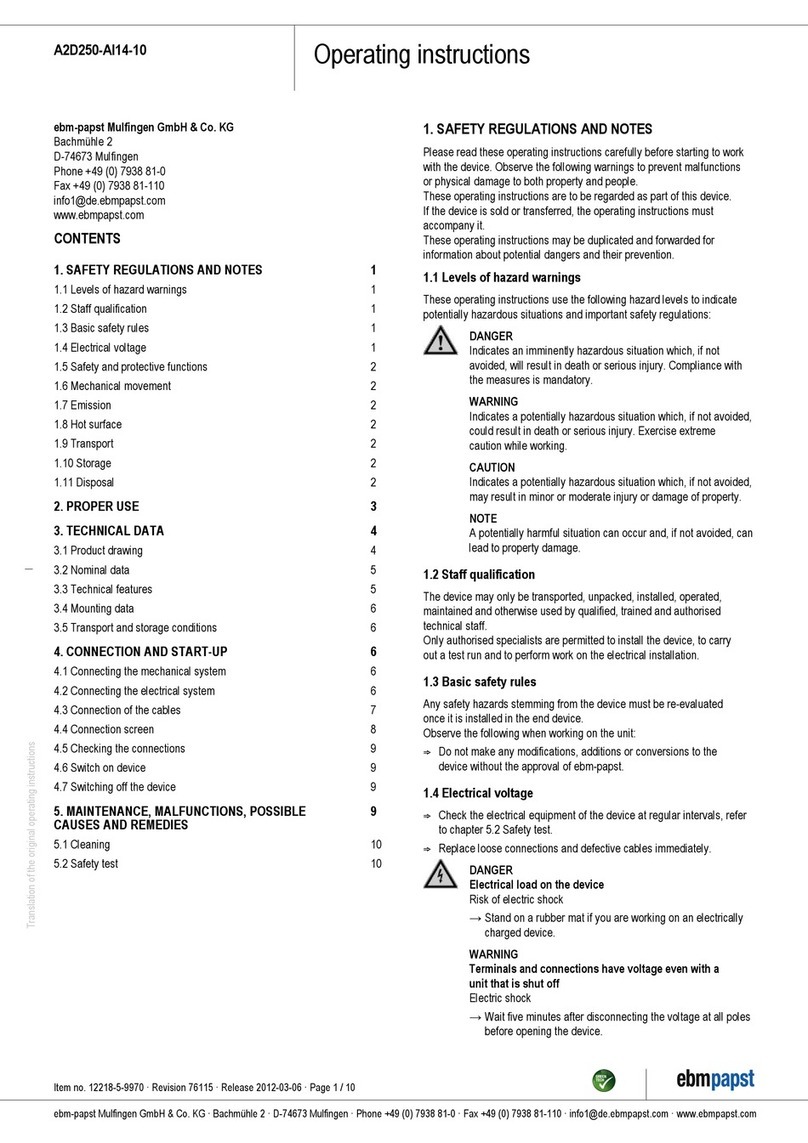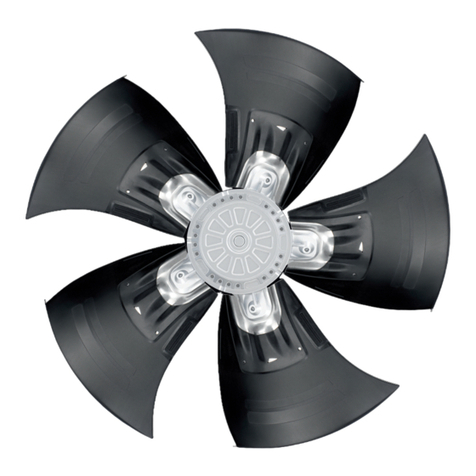
Important safety instructions
10 imtmedical ag
2
2
Before each use of bellavista,perform a quick check. bellavista has to be repro-
cessedafter each use on a patient. Check the ventilation settings before connecting
the patient up to bellavista. Check apnea backup settings carefully before activating
backups. Adjust the alarm volume so that the alarm can be heard. Nurse call is only
designed as an additional alarm. Check that it is working after installation.
The patient monitoring system is also active when on standby so pneumatograms
and measurements displayed are no indication of active ventilation by the device.
Check the oxygen saturation and CO2concentration in the blood regularly using
pulse oximetry and capnography or blood gas analysis.
Before using a defibrillator, remove the SpO2pulse oximeter and CO2capnography
sensor from the patient or disconnect from the device.
In non-invasive ventilation (NIV) the ventilator is intended to support a patient breath-
ing spontaneously. It is not intended to ensure complete ventilation of a patient.
A change in the patient's position may make it necessary to adjust the ventilator
settings. Make sure the patient is properly supplied at all times and that lung damage
and mistriggering are avoided.
• Check tidal volume and minute volume.
• Check the ventilation pressures.
• Adjust the ventilation pressure if necessary.
• Check the trigger reaction.
• Adjust the trigger settings.
• Always adapt the alarm limits to any new ventilation settings.
Only use your fingers to operate the touch screen. Pointed objects can damage the
touch screen.
• Complications with airway intubation
• Complications from positive pressure ventilation
• Barotrauma
• Oxygen toxicity
• Cardiovascular complications
• Breathing effort and patient-respirator asynchrony
• Adverse effects of sedation and paralysis
• Other disease-related complications
If you have any concerns about the performance or the behaviour of bellavista, you
should take it out of servicewithout delay. Please report your observations with re-
spect to potential errors or ambiguities in bellavista or the accompanying documen-
tation. The safety of the patient being ventilated is the responsibility of the attending
physician or nursing staff. Their judgement takes priority over the content of this User
Manual. Always ensure that appropriate measures are taken to adequately monitor
the patient.
2.9 Working safely with
bellavista
2.10 Contraindications
2.11 Note about potential errors



















